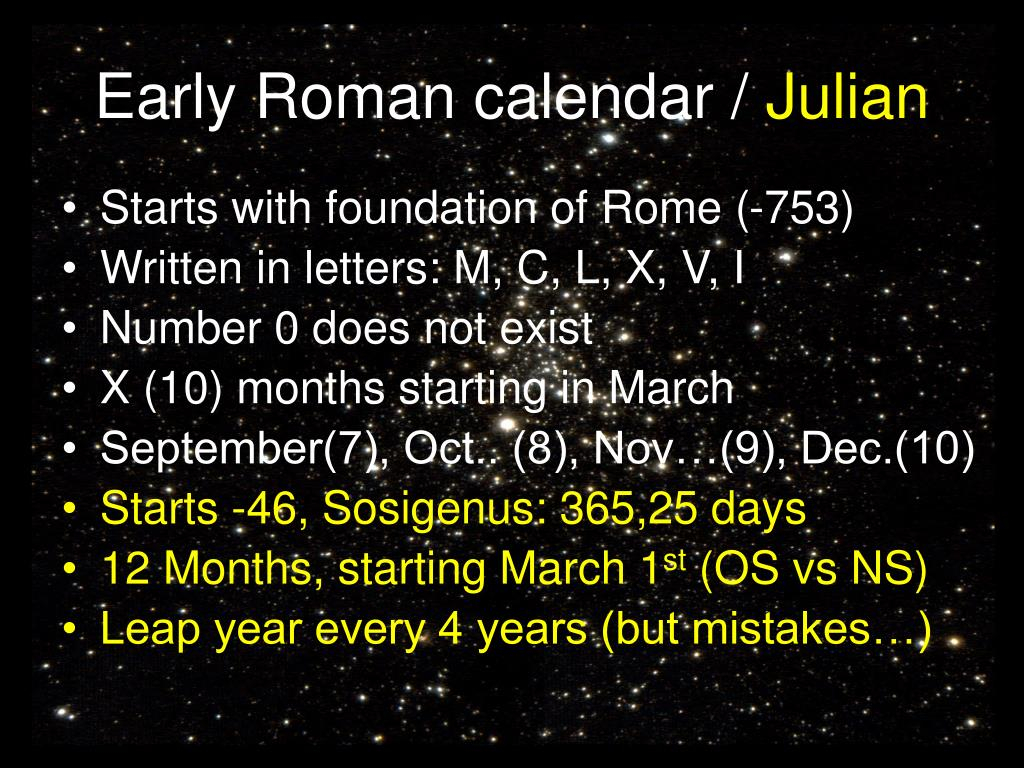The Julian calendar, introduced by Julius Caesar in 46 BC, was the predominant calendar system in the Western world for over 1500 years. It was based on the solar year, with a year consisting of 365 days divided into 12 months. However, the Julian calendar had a small error in its calculation of the length of the solar year, leading to a discrepancy in the dates of the equinoxes and solstices over time.
As a result, by the 16th century, the Julian calendar was nearly ten days behind the solar year. This discrepancy prompted Pope Gregory XIII to introduce a new calendar system to correct the error.
Difference Between The Julian Calendar And The Gregorian Calendar
Gregorian Calendar
The Gregorian calendar was introduced by Pope Gregory XIII in 1582 to replace the Julian calendar. The main difference between the two calendars is the way leap years are calculated. In the Julian calendar, a leap year occurs every four years, while in the Gregorian calendar, a leap year occurs every four years except for years that are divisible by 100 but not by 400.
By making this adjustment to the leap year rule, the Gregorian calendar better approximates the length of the solar year, making it more accurate than the Julian calendar. This correction also brought the calendar in line with the timing of the equinoxes and solstices, ensuring that the dates of important religious events, such as Easter, remained consistent.
Conclusion
In conclusion, the main difference between the Julian calendar and the Gregorian calendar lies in the calculation of leap years. The Gregorian calendar, introduced in 1582, corrected the inaccuracies of the Julian calendar by adjusting the leap year rule. This change made the Gregorian calendar more accurate in measuring the solar year and aligning with astronomical events. Today, the Gregorian calendar is the most widely used calendar system in the world.
